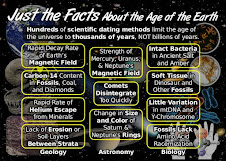Fossil Feather Proteins Confirm Recent Flood
by Tim Clarey, Ph.D. *
Ever since Dr. Mary Schweitzer's 20051 discovery of preserved original dinosaur proteins and blood cells, many secular scientists have remained skeptical. How could dinosaur fossils retain original organic material after millions of years? A new ancient bird fossil reveals more unexpected original chemicals, adding fuel to the fierce debate within the scientific community.2
Following publication of her original paper,1 some of Schweitzer's critics claimed that what she actually found was contamination from lab analysis or contamination during field collection. Others claimed these proteins were really from modern bacterial activity, and they merely simulated original soft tissues.3
In response, Dr. Schweitzer and her colleagues performed more studies on the soft tissues in question.4,5They even extracted collagen from a tyrannosaur leg bone and found a protein match of about 58% with bird collagen and 51% with frog and newt collagen—evidence these samples couldn't be from contamination. In further support that these are real dinosaur organic tissues, another study examined 89 amino acids extracted from a T. rex specimen, finding perfect matches with some modern animal proteins. Schweitzer's team has essentially demonstrated the "impossible." These dinosaur soft tissues are real.
Image credit: Copyright © 2016 X. Wang. Adapted for use in accordance with federal copyright (fair use doctrine) law. Usage by ICR does not imply endorsement of copyright holders.
*Dr. Clarey is Research Associate at the Institute for Creation Research.
Article posted on December 12, 2016.
Article from; ICR.org







